ISO 639-3 thd | Native speakers 24 (2006 census) | |
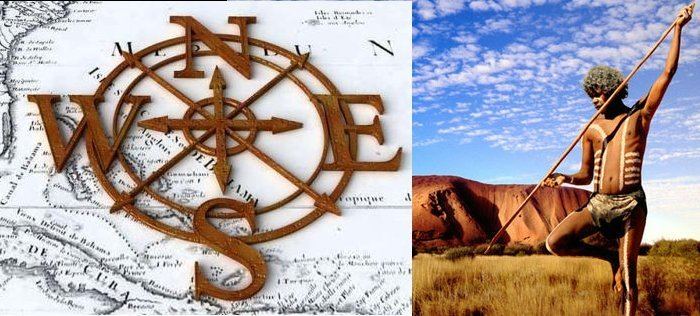 | ||
Dialects Kuuk ThaayorreKuuk KirkaKuuk ThayemKuuk Thayunth | ||
Kuuk Thaayorre (Thayore) is a Paman language spoken in the settlement Pormpuraaw on the western part of the Cape York Peninsula, Queensland in Australia by the Thaayorre people. As of 2006, 250 of the 350 ethnic Thaayorre speak the language. It is in a robust position compared to many indigenous Australian languages, as it is still being acquired by children and used in daily interaction.
Contents
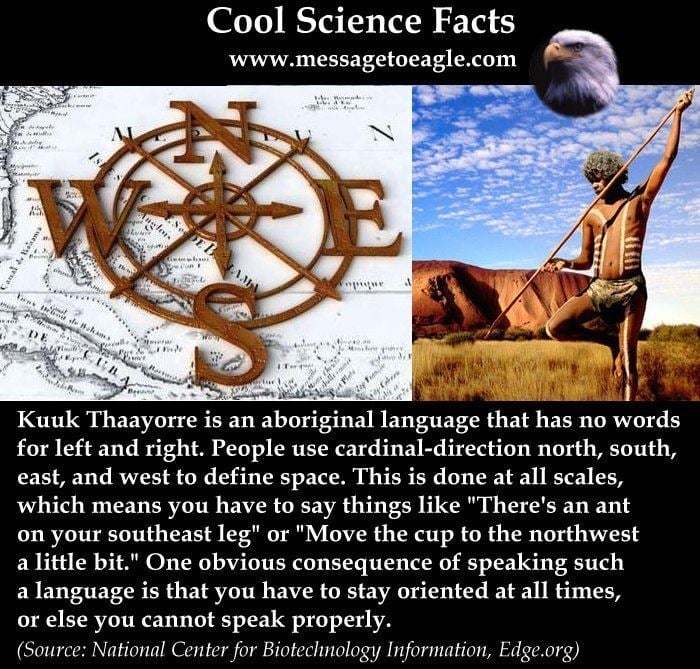
It is closely related to the Ogh-Undjan and more distantly related to the Uw languages, Uw Olkola. Kuuk Yak is either a dialect or closely related.
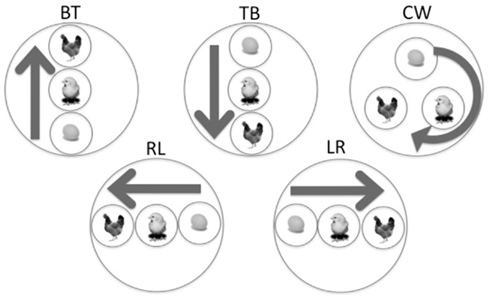
Speakers of the Kuuk Thaayorre language are able to recall the names of a couple of dialects, such as Kuuk Thaayunth, Kuuk Thayem and Kuuk Thanon, but today there is only little dialectal difference and the language is becoming more and more uniform as the number of speakers goes down. The so-called Kuuk Yak language may be a dialect of Kuuk Thaayorre, but may be a closely related language as well. Barry Alpher is currently trying to document the language in order to understand its genetic affiliation.

Names
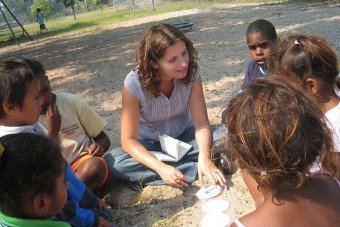
As with many other Australian languages, there is a long list of alternative spellings of Kuuk Thaayorre. The name itself, Kuuk Thaayorre, means the Thaayorre language in the language itself, kuuk meaning language and Thaayorre being their ethnonym.
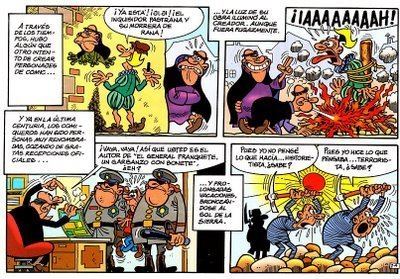
Other names include Kuuk Thaayoore, Kuktayor, Kukudayore, Gugudayor, Koko Daiyuri, Koko Taiyor, Kokkotaijari, Kokotaiyari, Thayorre, Thaayore, Thayore, Tayore, Taior, Taiol, Da:jor and Behran.
Vowels
Kuuk Thaayorre has 5 vowels:
All of the vowels above have a long counterpart. In addition, one of the rhotics may be syllabic.
Consonants
Kuuk Thaayorre has 16 consonants:
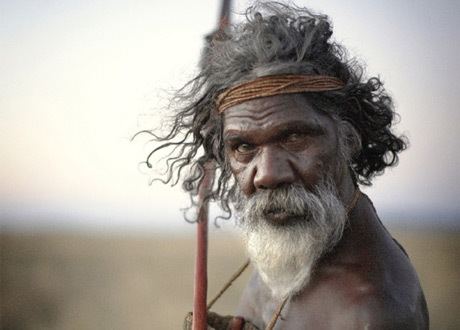
The maximal syllable structure is CVCCC, and four-consonant clusters are not uncommon. Unusually, sequences of consecutive /r/ and /ɻ/ are licit.
Unlike in many Australian languages, monosyllables of all word classes are frequent in Kuuk Thaayorre.
Morphosyntax
Kuuk Thaayorre is on the whole a nonconfigurational language, although the noun phrase has intricate structure.
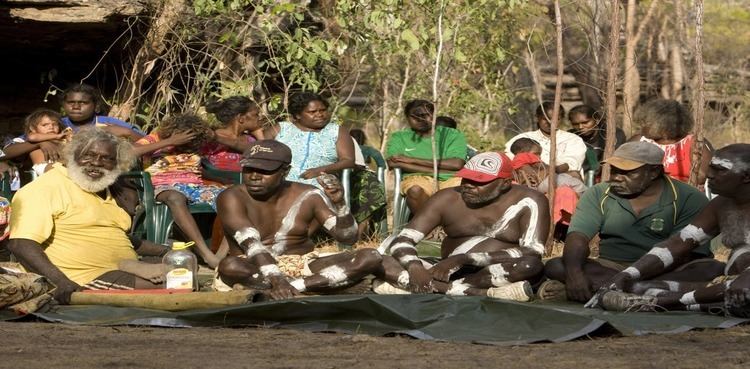
The irregular form of the ergative morpheme makes it a clear suffix, rather than an enclitic; however, it is borne on the last nomimal in the noun phrase. This makes Kuuk Thaayorre a rare example of a language displaying affixation to phrases. Ergative marking has the pragmatic function of displaying the degree of expectedness of the subject.

There are multiple inclusory constructions, i.e. those referring to a superset while simultaneously focussing on a subset (these are found in many IE languages, e.g. German Wit Scilling 1.du Sc. "Sc. and I"). One of these is a set of single-word inclusory pronouns encoding both superset and subset.
Lexical semantics
Kuuk Thaayorre is noted for its throughgoing use of sixteen words for absolute cardinal directions instead of words with relative senses (ahead, left, etc.) as is familiar in most languages. Speakers of Kuuk Thaayorre show a correspondingly greater skill in navigational ability than speakers of languages like English, and always know the exact direction of their facing. When asked to arrange a sequence of pictures in temporal order, speakers consistently arrange them so that time runs east to west, regardless of their own bodily orientation.
